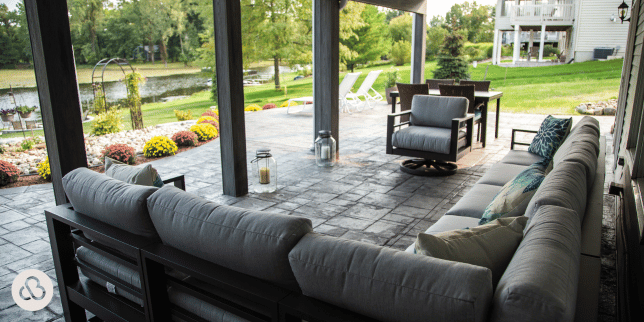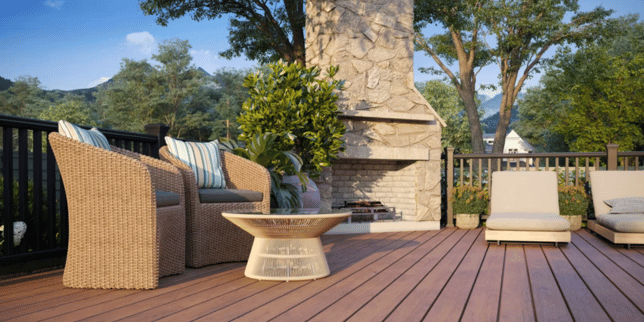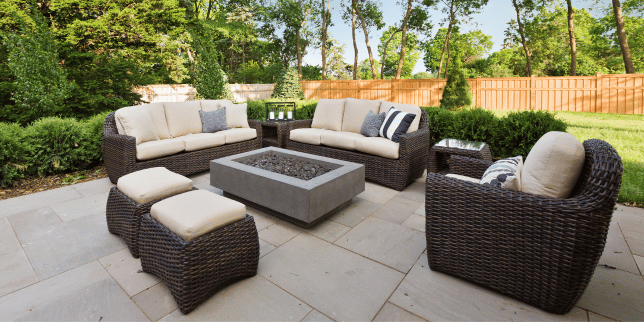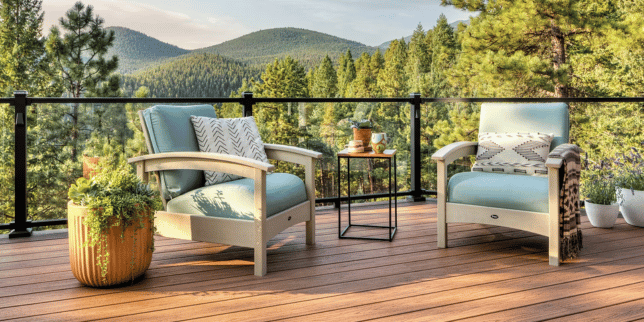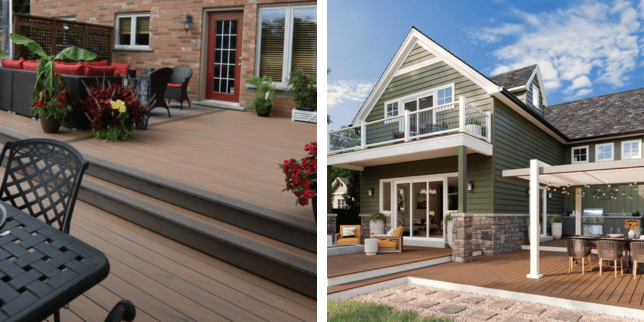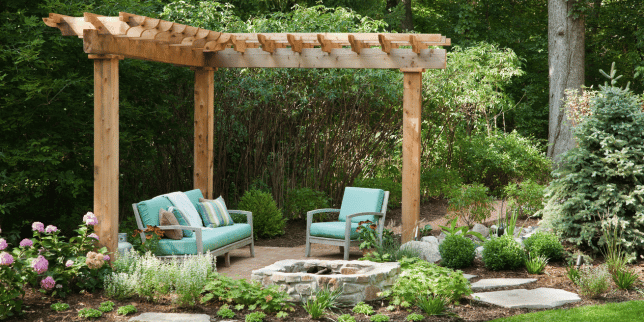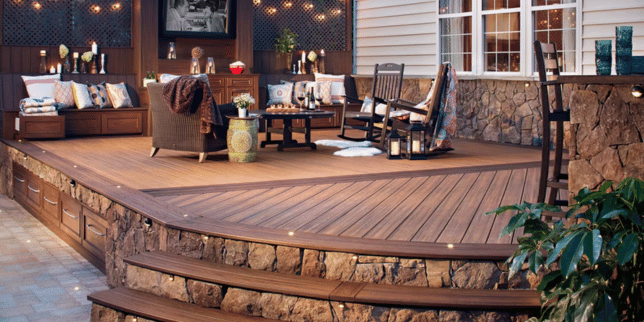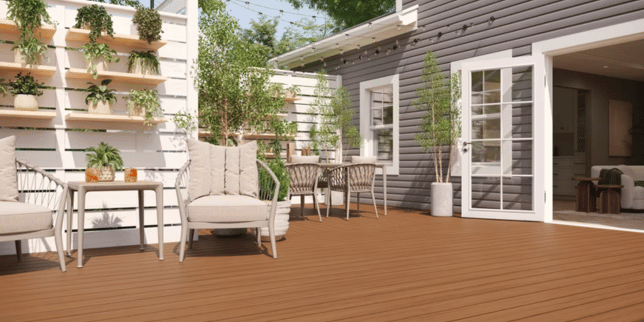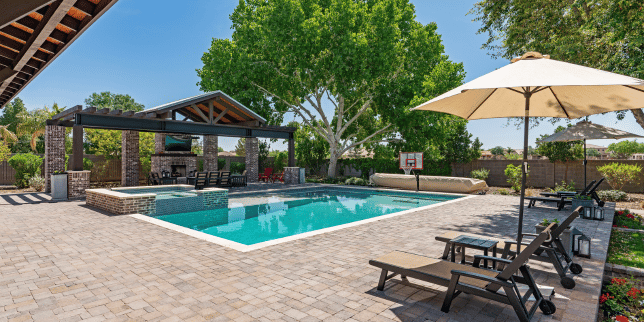Pros and Cons of Reusing a Deck Frame for Composite Decking
December 12th, 2023
5 min read
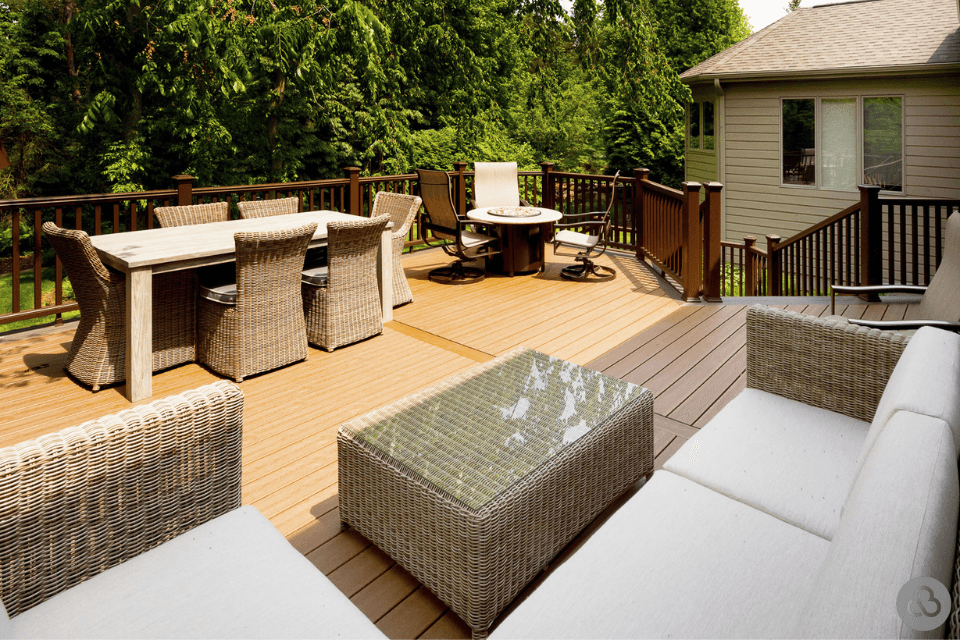
Many homeowners stand at the crossroads of a dilemma when considering a deck renovation. The question lingers: Can the existing deck frame be repurposed for a composite deck upgrade, saving costs and environmental impact? However, this decision has challenges, from structural integrity concerns to warranty implications.
As a seasoned deck builder with over 15 years of experience, Custom Built brings a wealth of insights into the intricacies of composite deck transformations. Our commitment to transparency and informed decision-making positions us as your trusted guide through the complexities of reusing existing frames.
In this comprehensive guide, we aim to shed light on the pros and cons of repurposing an existing frame for a composite deck.
From environmental considerations to structural challenges, we navigate the terrain, providing you with the knowledge needed to make an informed decision that aligns with your vision, budget, and the sustainability goals you hold dear. Join us on this journey as we unravel the layers of complexity, empowering you to transform your outdoor space with confidence:
3 Pros of Reusing an Existing Frame for Composite Decking
1. Environmental Benefits
- Resource Efficiency: Salvaging the framework not only reduces the demand for wood but also lessens the environmental impact associated with the production and transportation of new materials.
- Sustainability Factor: Beyond reducing waste, reusing an existing frame aligns with broader sustainability goals. It's a tangible way to participate in eco-friendly practices by minimizing the demand for new materials for your outdoor living area.
2. Cost Savings
- Labor Efficiency: Reusing an existing frame often translates to quicker installation, lowering labor costs. The efficiency gained from working with an established structure contributes to overall project affordability.
- Material Costs: One of the primary attractions is the potential for significant cost savings. The reuse of the existing frame dramatically cuts down on the need for new materials, which can constitute a substantial portion of the project cost.
3. Time Efficiency
- Faster Project Completion: Utilizing an existing frame typically expedites the project timeline. There's less need for extensive demolition and reconstruction, leading to a faster transformation of the outdoor space.
- Minimal Disruption: Homeowners can enjoy the benefits of a revamped deck sooner without enduring prolonged construction-related disruptions. This is particularly advantageous for those who wish to use their outdoor space promptly.
4 Cons of Reusing an Existing Frame for Composite Decking
1. Safety and Structural Risks
- Structural Integrity: The original frame's condition is a critical factor. Wear and tear over time might compromise the structural stability, leading to safety concerns and affecting the overall longevity of the deck. We recommend having a professional examine your deck structure before making final decisions.
- Picture Frame Challenges: If you’re considering design changes, like creating a picture frame deck design, we’ve found that picture framing (outlining the perimeter of the deck with additional framing boards to create a visually appealing border, enhancing the aesthetics of the deck design) can accommodate composite-specific design considerations. This process demands careful planning and execution to meet aesthetic and structural expectations.
2. Limited Design Flexibility
- Aesthetic Limitations: Composite decking conforms to the existing frame. If your original frame is not completely symmetrical or was built for a different material, any irregularities or unevenness will begin to show over time. So, achieving a flawless, polished appearance will be challenging.
- Adaptation Constraints: Existing frames typically do not align with the design specifications recommended for composite decking. This limitation can curtail the creative design possibilities of a new deck construction. If you are changing the decking material, like going from wood to composite, we typically recommend the structure be replaced.
3. Hidden Costs and Code Compliance
- Unforeseen Challenges: As the project progresses, unexpected issues might surface, demanding additional expenditures. Discovering and addressing these challenges can lead to hidden costs not initially factored into the budget.
- Code Compliance Updates: Bringing an existing frame to current building codes might require additional investments. This could include updating fasteners, adding brackets, and reinforcing structural elements, contributing to unforeseen expenses.
4. Lack of Warranty
- Joist Condition: The removal of existing deck boards may affect the joists' ability to securely hold new screws. This raises concerns about the overall integrity of the structure and the reliability of the fastening system.
- Installation Integrity: Composite decking warranties are contingent on precise installation. Adapting an existing frame may introduce uncertainties regarding the integrity of the installation, potentially voiding the warranty.
- Warranty Concerns: Composite decking warranties often come with specific requirements for the structural parameters of the underlying frame. Adapting an existing frame might pose challenges in meeting these requirements, potentially jeopardizing warranty coverage.
So, Should I Reuse My Deck Frame for a Composite Decking Project?
Our resounding recommendation at Custom Built echoes with a cautionary note: proceeding with an existing frame may introduce many complications. Safety concerns, structural risks, and the potential compromise of warranties are formidable obstacles.
A new composite deck deserves a fresh foundation, ensuring it meets contemporary standards of durability and aesthetics.
If you're still uncertain about whether to replace your deck structure, consider our advice. It's important to note that recommendations can vary among contractors. Our guidance is grounded in over 15 years of experience, during which we've built thousands of decks.
This journey includes numerous successful projects and challenges, giving us a comprehensive understanding of potential issues. With our commitment to high-quality workmanship, we advise replacing your deck structure:
- Age of Deck: If your structure is over 20 years old.
- Built Between 2008-2013: New regulations were released during this year which changed the chemicals used in treating wood.
- Wood Rot and Decay: If you have signs of decay/mold where the soil meets your posts.
- Sagging or Uneven Surfaces: If the deck surface is sagging, uneven, or has noticeable dips, this could indicate underlying frame issues.
- Pest Infestation: If you have signs of pest infestation, such as termites or carpenter ants, replacement is necessary. These pests can compromise the structural integrity of the wood, necessitating a replacement of the affected parts or the entire frame.
- Building Code Compliance: If your frame doesn’t meet any of the following building codes, you should consider replacing it immediately:
- 2”x 6” or 2”x 8” deck joists
- 16” span between deck joists
- Stairs supported with concrete footing
- Any deck higher than six feet off the ground needs to be supported with 6” x 6” posts
- Expert Advice: If a contractor has assessed your deck, trust their advice until it is verified.
Next Steps to Installing Composite Decking
As we wrap up this exploration, let's revisit the initial dilemma many homeowners face. The desire for an eco-friendly, cost-effective upgrade often clashes with the uncertainties of repurposing an existing deck frame for composite decking. The intricate dance between environmental responsibility and structural viability creates a unique challenge.
Throughout this guide, we've dissected the pros and cons, providing insights into the environmental benefits, cost savings, and potential pitfalls of reusing an existing frame. From safety concerns to design limitations, each facet has been scrutinized to empower you with a comprehensive understanding.
Custom Built, with over 15 years of expertise in deck transformations, stands as your ally in this decision-making process. Our commitment to transparency and guidance ensures you embark on your composite deck journey with clarity and confidence.
Whether opting for the environmental benefits of reusing an existing frame or choosing a fresh start, your informed decision will shape an outdoor space that mirrors your values.
We invite you to step into this transformative journey with the assurance that every choice you make is an investment in a deck that not only enhances your home but also contributes to a sustainable future.
Now that you know more about the pros and cons of reusing an existing deck frame for a project, let’s explore how much your composite deck will cost, how long it will take to build, and our guide to Michigan deck framing:
- How Much Do Composite Decks Cost in Lansing, Michigan? - An overview of how much your Lansing composite deck will cost and the factors that will influence your price.
- How Long Does it Take to Build a Deck (Factors that Affect Timeline) - Explore details that affect how long it takes to build your composite deck with Custom Built’s Proven Process as the foundation.
- Custom Built’s Michigan Deck Framing Guidelines - Discover our guidelines for building deck frames that will prolong the longevity of your beautiful Michigan deck for years to come, from concept to completion.
Jacob brings 20+ years of residential construction experience to the Custom Built team. He has spent years in the field learning the hands-on side of building from foundation prep to roofing shingles. With a need-to-know mindset and a desire to understand how things work, Jacob has studied building science, systems integration, home inspection, and radon measurement and mitigation.












